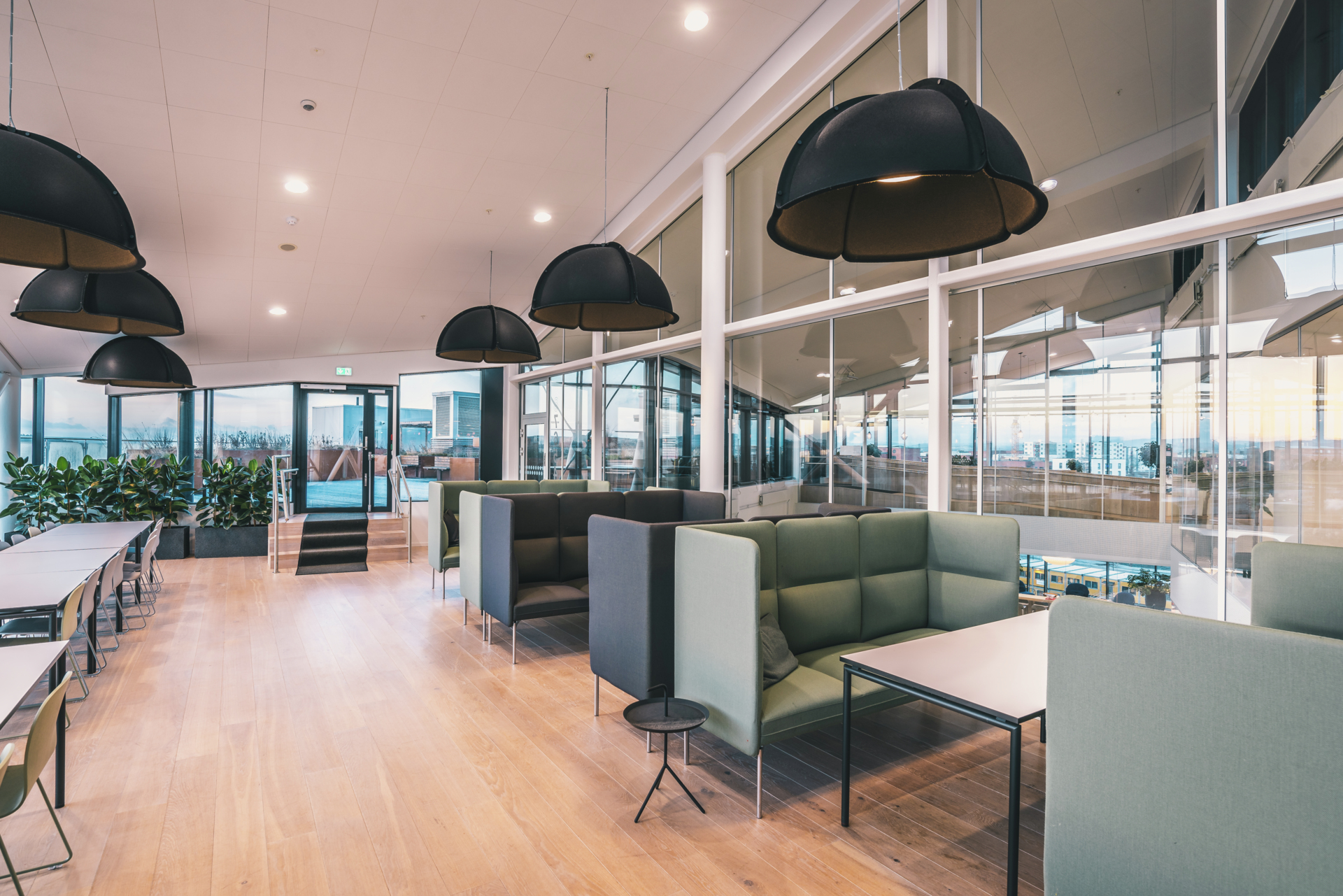In a bustling city like Oslo, sustainable food practices have become a crucial component of promoting environmental stewardship and public health. At the forefront of this movement lies Oslo’s Karvesvingen 3 canteen, where innovative measures have been implemented to transform traditional dining practices into more sustainable alternatives. These initiatives include reducing meat consumption, eliminating single-use plastics, and providing surplus food through a ‘trust shop’. These are just some of the measures taken over the years at the work canteen to improve their sustainability.
But how do we ensure that these sustainable practices extend beyond the confines of the workplace and positively impact the broader community? Researchers at Include, have done a case study on Oslo’s work canteen, assessing how the measures implemented at Karvesvingen might do exactly this. They came up with several answers based on their study:
- Align Environmental Benefits with Cost and Health Considerations: Making sustainable food choices economically and health-wise appealing is essential to garner widespread support. When individuals perceive sustainable options as beneficial for their health and wallets, they are more likely to embrace change.
- Active Employee Engagement: Empowering employees to participate in meal planning fosters a sense of ownership and encourages the generation of innovative ideas. By involving staff members in decision-making processes, canteens can tailor their offerings to meet the diverse needs and preferences of their workforce.
- Fostering Environmental Awareness: Implementing informational campaigns that highlight the broader environmental goals of sustainable food practices is crucial for generating lasting change. When employees understand the collective impact of their choices and share common environmental objectives, they are more motivated to adopt sustainable behaviors.
By adopting these strategies, workplaces can serve as catalysts for driving positive spillover effects in the wider community, contributing to a more sustainable and resilient future for all.
Checkout the photos of Karvesvingen below!
Image gallery of i) Oslo’s Karvesvingen 3 facade, ii) impression of the work canteen and restaurant from the inside, and iii) view of the terrace with planted herbs.
To delve deeper into the transformative power of sustainable food practices at work, explore the full scientific paper below!



